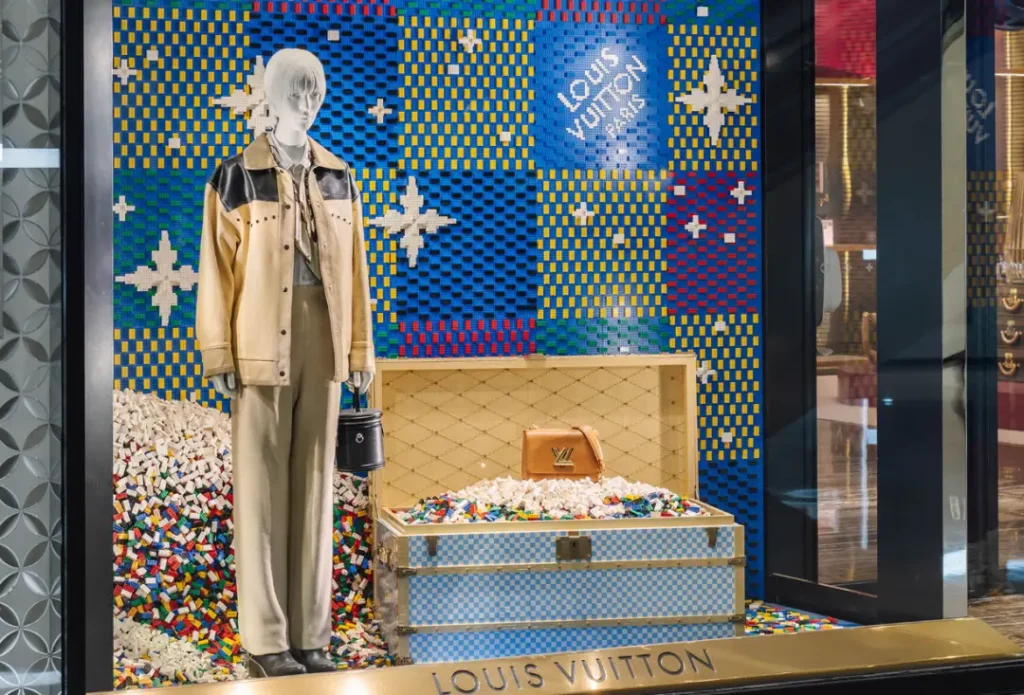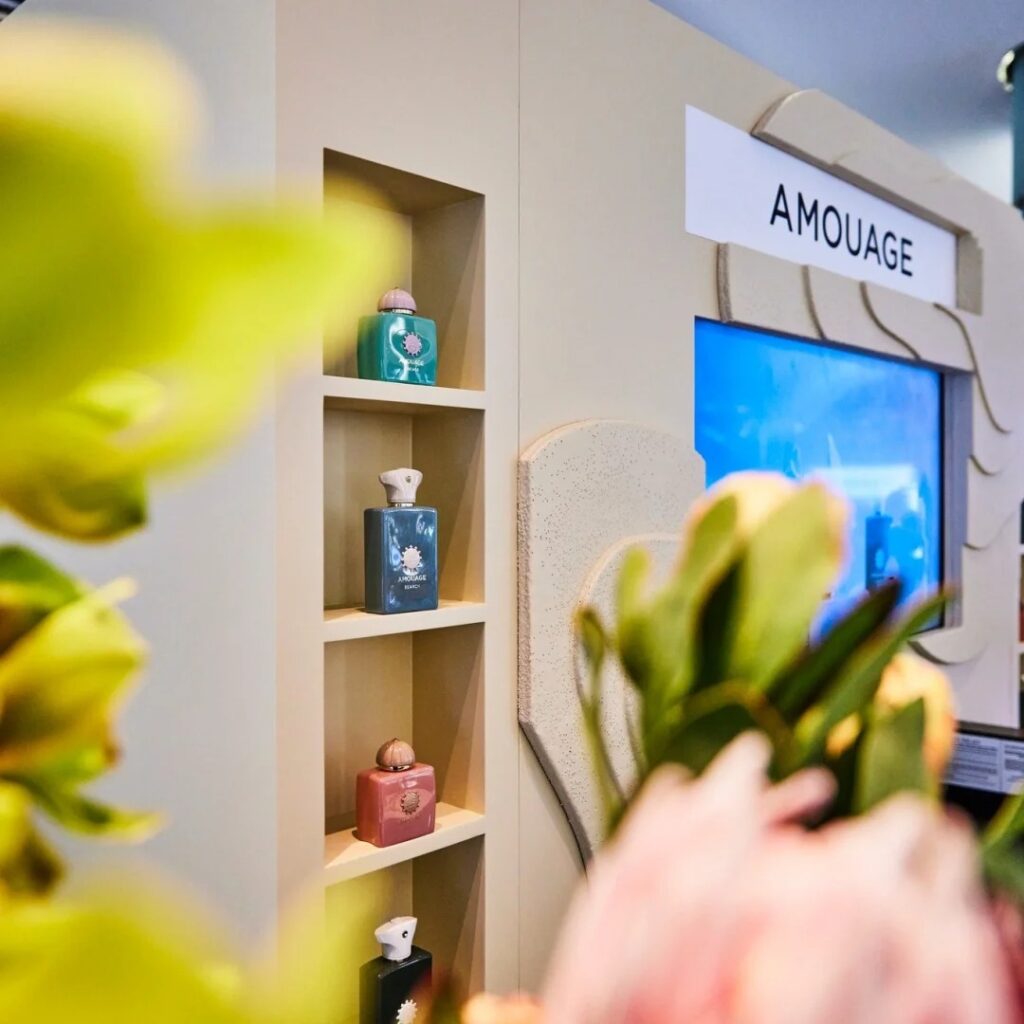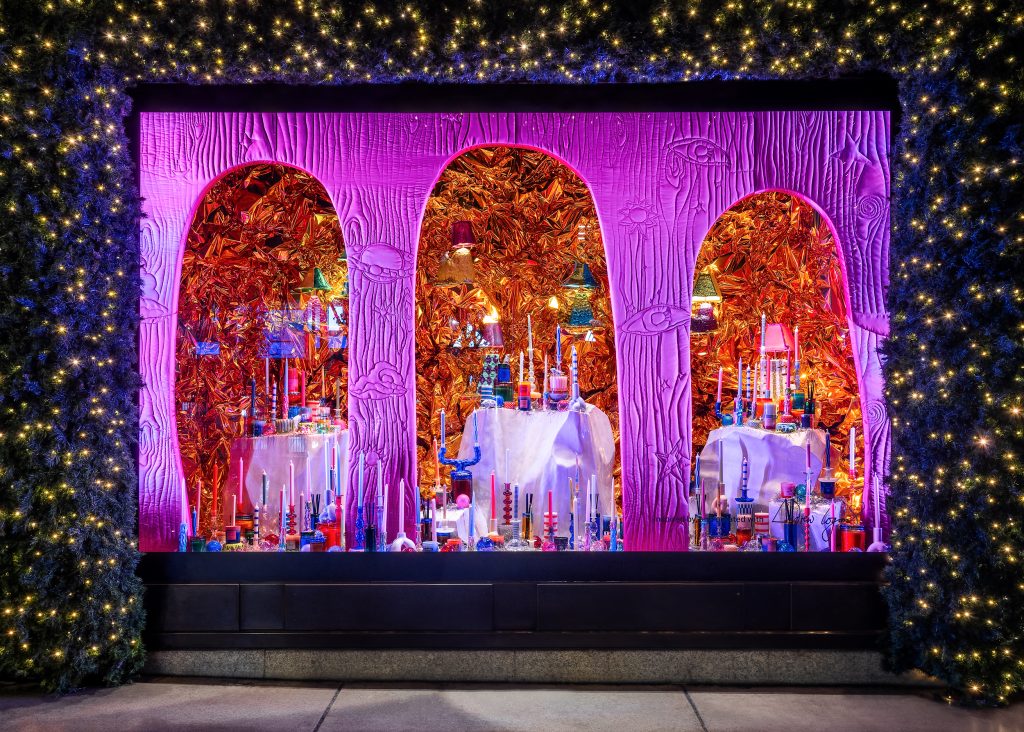Are you struggling to attract customers to your store? A poorly designed window display can turn potential buyers away, leaving your store overlooked.
Without a captivating display, your store misses out on creating that first impression that draws people in. This means lost sales and fewer opportunities to engage your target audience.
A well-designed window display serves as your store’s first impression, piquing curiosity, showcasing your brand, and enticing customers to step inside. By crafting an engaging visual experience, you can increase foot traffic and sales effectively.
Table of Contents
A compelling window display should capture attention immediately by showcasing products, creating an emotional connection, and telling a story. Use eye-catching design elements, appropriate lighting, and focus on product placement. The right combination of visual appeal, storytelling, and interactive features can transform your window display into a powerful tool for driving foot traffic and increasing sales.
Let’s explore how you can design a window display that not only grabs attention but also converts passersby into loyal customers.
1. Why Are Window Displays So Important in Retail?
Window displays are essential because they are the first point of contact between your store and potential customers. They communicate your brand identity and showcase what your store has to offer. A successful window display not only grabs attention but also creates an emotional connection with customers, making them more likely to enter your store. A visually appealing window display is a key marketing tool, turning casual passersby into loyal shoppers.


Example: Luxury brands like Louis Vuitton and Tiffany’s in New York’s Fifth Avenue use their window displays to convey exclusivity and craftsmanship. Each season, they create themed windows that highlight their signature products in a way that reinforces the brand’s luxury status, drawing in curious customers who may not have planned to shop.
2. How Can I Make My Store’s Window Display Stand Out?
To make your window display stand out, lighting is key. The right lighting can highlight key products, set the mood, and make the display pop even from a distance. Combine effective lighting with an engaging narrative and strategically placed focal points to catch attention. You can also incorporate seasonal themes, interactive elements, and storytelling to add depth to your window display.

Example: Dior’s 2024 Christmas window display was a brilliant use of lighting and design. The display featured shimmering gold and silver tones with a festive atmosphere, while the lighting accentuated the beauty of Dior’s luxury products. By using intricate decorations and focusing on holiday spirit, the display successfully captured the attention of both loyal customers and curious passersby.
3. What Are the Key Techniques for Designing a Window Display?
The most important technique for designing a window display is having a focal point. Your window display should feature one central element, such as a product or decoration, that immediately grabs attention. Placing this focal point at eye level ensures that it’s the first thing customers notice. Alongside this, use color coordination, thoughtful product arrangement, and attractive materials to create a cohesive design that draws customers in.

Example: Tiffany & Co.’s New York windows are iconic for their elegant simplicity. The display often features Tiffany’s signature blue box, set against a backdrop of exquisite jewelry. The high-end, minimalistic display ensures the focal point, the products, are always the star and their lighting enhances their beauty, making it impossible for customers to ignore.
4. How to Display Products Inside the Store?
When arranging products inside your store, ensure they are displayed according to their category and appeal. Just as your window display creates an initial attraction, the product layout inside should maintain the flow and reinforce your store’s aesthetic. Use complementary design elements from the window to ensure a consistent experience for customers, allowing them to feel as though they’re part of a seamless shopping environment.


Example: Harrods in London is known for its stunning window displays, and this theme often continues inside the store. Whether it’s during the holiday season or a special event, the interior display of products reflects the same aesthetic and theme seen in the windows, creating a cohesive and visually striking experience.
5. Creative Window Displays That Tell a Story
Storytelling through your window display can make it more than just a marketing tool—it can create a deeper connection with customers. You can achieve this by using props, strategic product arrangements, and signage to convey a narrative. This story could relate to a holiday, product launch, or simply evoke an emotional response that resonates with your audience.

Example: Hermès’ holiday window display in 2024 told a stunning story of luxury craftsmanship. The window featured their signature scarves, handbags, and accessories arranged in an artful, immersive way. Props, textures, and lighting worked together to create a dreamlike atmosphere, reflecting the brand’s timeless elegance and conveying a sense of exclusivity and luxury.
6. How Can Creative Window Displays Boost Sales?
To effectively increase sales, your window display should not only capture attention but also provide incentives for customers to make a purchase. Incorporating real-time promotions, discounts, or highlighting new arrivals in the window will entice customers to come inside. Consider adding interactive elements like QR codes or augmented reality experiences to boost customer engagement and keep them connected with your store even after they leave.

Example: Nike’s interactive displays are famous for encouraging passersby to engage directly with the brand. During special events or product launches, Nike uses touchscreens in their windows to allow customers to explore new products or participate in virtual giveaways, making the shopping experience more immersive and increasing foot traffic.
7. How to Create Successful Window Displays?
To maintain customer interest, your window displays need to be updated regularly. Whether it’s reflecting a new season, holiday, or special promotion, keeping your displays fresh will encourage customers to return to see what’s new. Also, tailor your window design to suit your target audience’s interests and demographics. This personalization will make the display more relevant and attractive to the people most likely to purchase your products.

Example: Selfridges in London is known for constantly changing its window displays to keep things fresh and relevant. Each season, the store creates unique themes that resonate with current cultural events or holidays. For instance, during Chinese New Year, Selfridges’ windows are filled with red and gold elements, reflecting the holiday traditions and attracting both locals and tourists.
Conclusion:
Window displays are an incredibly powerful tool for attracting customers and driving sales. By using thoughtful design elements such as lighting, focal points, and storytelling, your window display can create an experience that resonates with your target audience. A well-crafted display engages customers and encourages them to enter your store. Regularly updating your displays to reflect the season, your latest products, or key events ensures that customers always have something new and exciting to see.
Are you ready to make your store’s window displays more engaging? Contact us today, and let us help you design custom window displays that enhance your brand’s image and drive sales! Click here to get in touch and get started with professional visual merchandising solutions.





